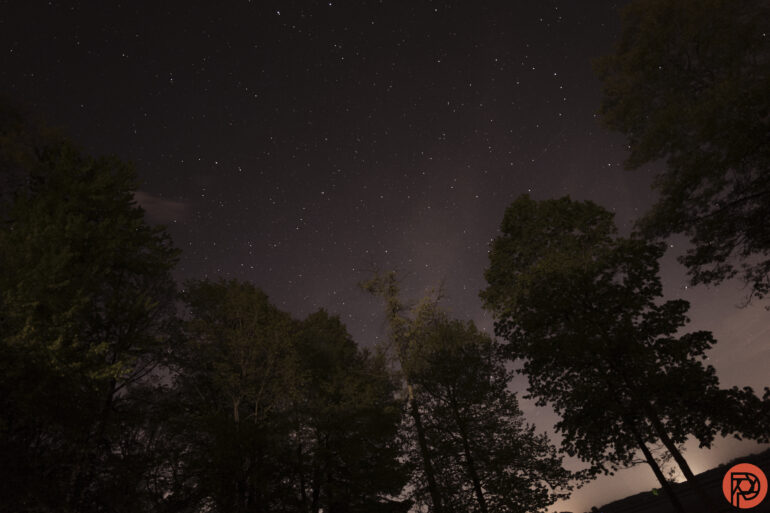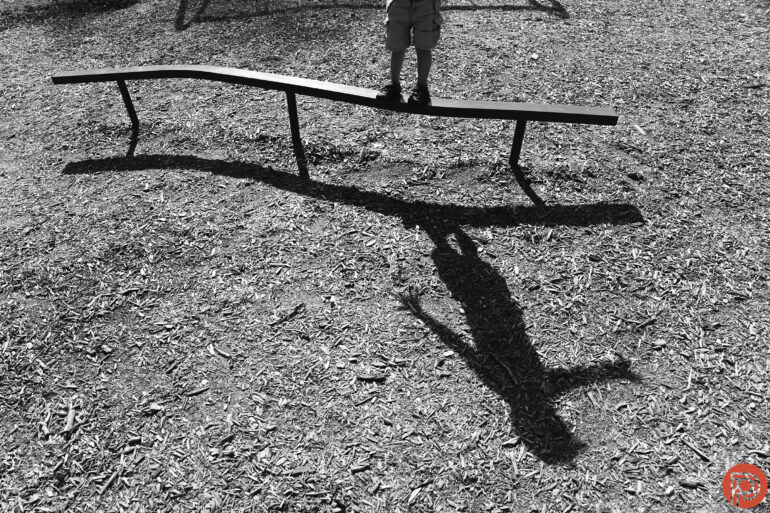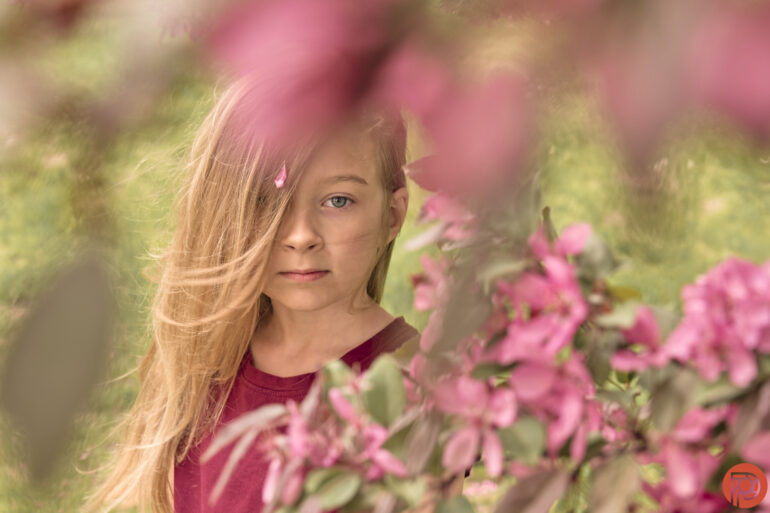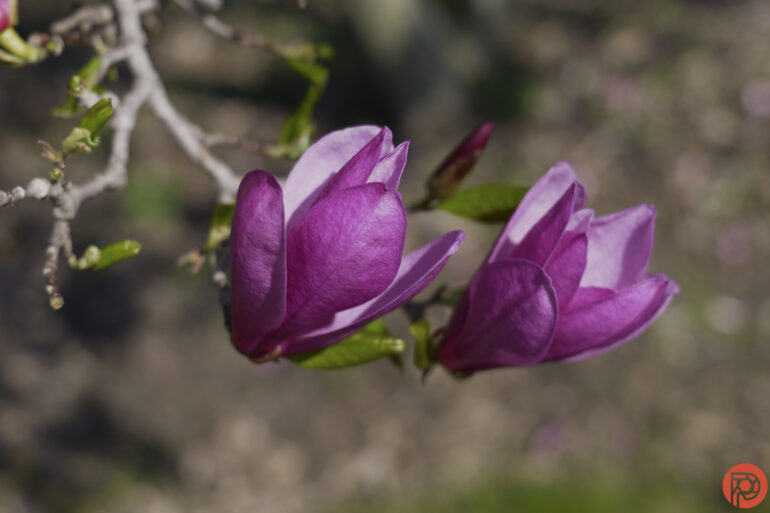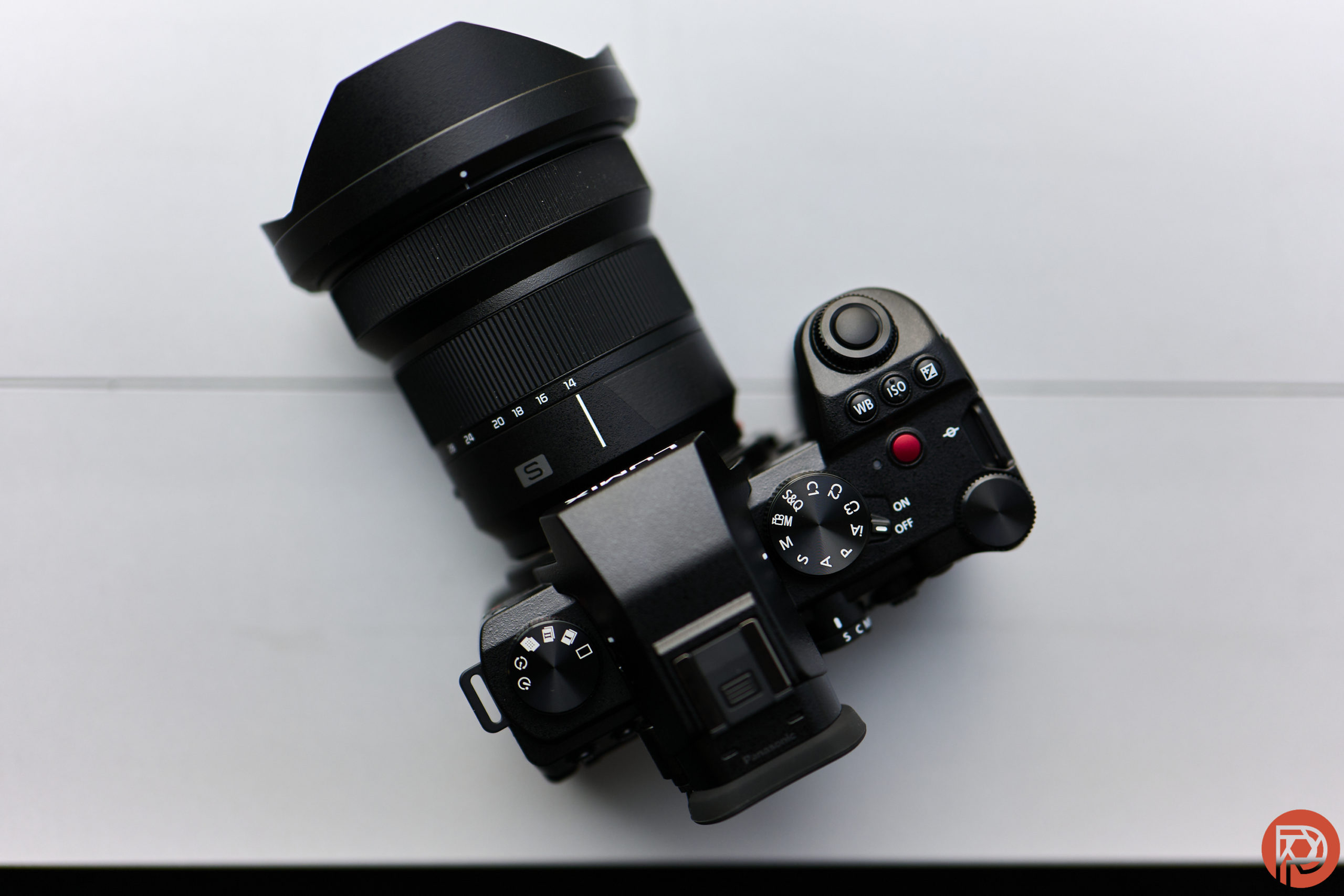There are lots of cameras on the market. And if you’re looking to become a photographer that doesn’t spend hours in post-production but instead spends hours shooting beautiful photos, then Panasonic Lumix cameras can give you everything you need. More importantly, they’re also fantastic for photographers that want a full-frame camera that’s lightweight and easy to use. Even better, there’s a slew of lenses available that are weather resistant and reliable. We’ve reviewed every single one of the Panasonic Lumix cameras currently on the market. Take a look at our guide for Summer 2023 to help you figure out what Lumix Camera you need.
The Phoblographer may receive affiliate compensation for products purchased using links in this blog post.
This piece is presented in partnership with Panasonic. We’ve independently and ethically reviewed all the products in this post already without sponsorship. And we worked with them to recommend a few key gems to you.
Table of Contents
How to Use This Guide to Choosing a Panasonic Lumix Camera
Here’s some insight into how to use this guide for Panasonic Lumix Cameras:
- The Phoblographer’s various product round-up features are done in-house. Our philosophy is simple: you wouldn’t get a Wagyu beef steak review from a lifelong vegetarian. And you wouldn’t get photography advice from someone who doesn’t touch the product. We only recommend gear we’ve fully reviewed in these roundups.
- If you’re wondering why your favorite cameras didn’t make the cut, there’s a chance it’s on another list. If we haven’t reviewed it, we won’t recommend it. This method keeps our lists packed with industry-leading knowledge. Some of our stories include affiliate links. If you buy something through one of these links, we may earn an affiliate commission.
- We shot all the photos in this roundup. You’ll only find original product photos and sample images done in-house by Phoblographer staff.
- This guide to the right Panasonic Lumix camera for you is targeted toward people who are mostly photographers. However, these cameras also have great features for those who want to shoot video. So keep that in mind when you’re making your choices.
- All of these cameras have weather resistance. That doesn’t mean that they’re waterproof. But we’ve put these cameras to the test in some very inclement weather conditions. We think they’ll stand up to whatever you throw at them.
- Panasonic’s Lumix cameras feel like DSLRs of different sizes. They also have various little things that make them really nice to hold. For example, you can always find the ISO button in the dark because of the little texture marker on it.
- Panasonic’s Lumix cameras help you be creative in-camera. They have features like Live Composite, which helps with creating astrophotography and other fun things. With newer cameras, you get features like Real Time LUT, which can help deliver a cinematic look to your still images.
- The RAW files from these cameras are easily worked with in Capture One or Lightroom. However, much of the time, we don’t feel like we need to do much editing at all. That’s because of the versatility of the available looks that Panasonic offers.
- Panasonic makes full-frame Lumix cameras in the Leica L-mount. Lenses are available from Panasonic, Leica, Sigma, and several other companies because of this.
- Pansonic also makes Micro Four Thirds Lumix cameras. These cameras have lenses available from several manufacturers, including Panasonic.
Inspiration
For over 14 years, the Phoblographer has been helping photographers connect the artistic and technical sides of themselves. So here are a few that we’ve interviewed who use Panasonic Lumix cameras and lenses:
- Nicholas Freeman creates stunning portraits in-camera.
- Todd White makes natural light portraits that are bound to make you want to try these cameras out.
- Maria Lax makes really stunning night photos.
- Adam Petty makes some of the coolest long exposures with light trails and skaters.
- Ludwig Favre takes haunting photos with his Panasonic cameras.
- Justin Sullivan uses his Panasonic cameras to capture jaw-dropping scenes in Africa.
- Jayna Ho plays with plants in her photos and uses no Photoshop.
Panasonic S1
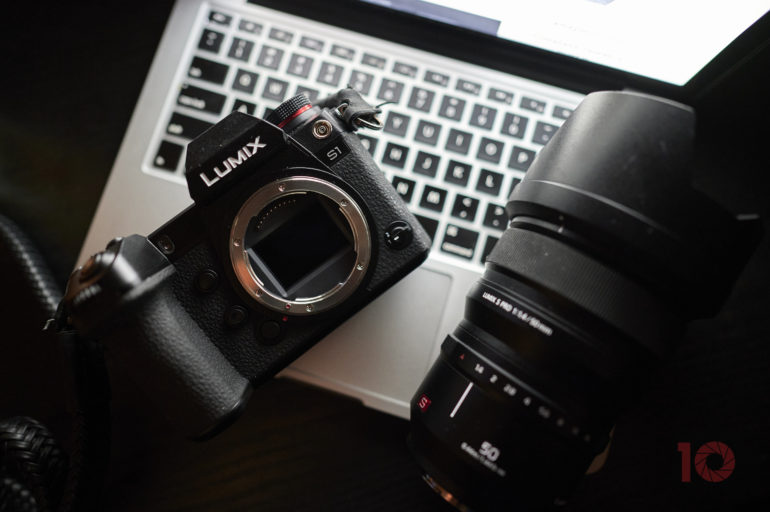
Why It Stands Out
If you’re looking for a full-frame Lumix camera with the size of a DSLR, the S1 is a pretty solid choice. Certain things about it remind me of the cameras that I used to use to build this website many years ago.
What We Really Like
In our review, we state:
“For a 24MP sensor, the Panasonic S1 is quite capable. It doesn’t have as much dynamic range or color depth as the S1R, but it’s got better high ISO results. In fact, the images at higher ISOs are super clean. With all that said, if you’re a photographer who focuses on getting it right in-camera the first time around, there isn’t a whole lot to fear.”
Sample Images
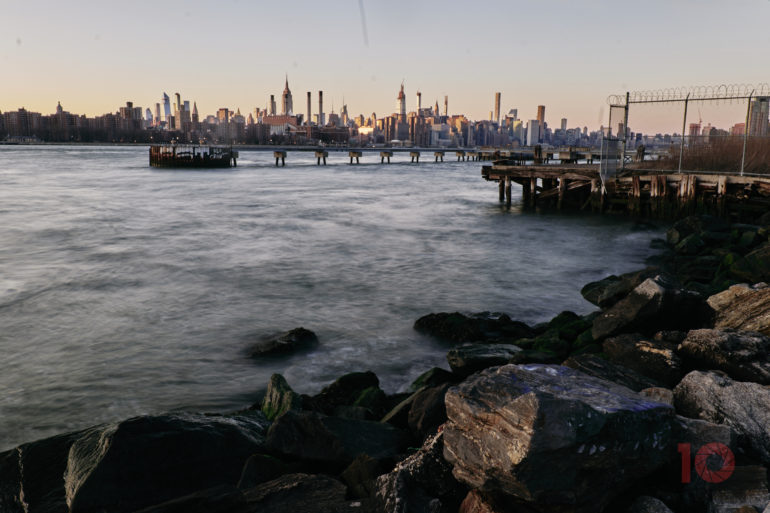



Panasonic S1R

Why It Stands Out
As far as resolution goes, the Panasonic S1r packs some of the highest megapixels of a Panasonic Lumix camera. So if you’re looking to do some retouching, want more dynamic range, or crave more color depth, this is the camera to consider.
What We Really Like
In our review, we state:
“I’ve always liked the Panasonic menu system for its relative simplicity, and the Panasonic S1R shares the same philosophy as many of its G series counterparts. With the Panasonic S1R, the labels and the icons are all big and bright. Indeed, even for a legally blind person like me, they seem almost obnoxiously large. In fact, I thought, “What are these people, blind?” After calling the kettle black, I realized how nice this is.”
Sample Images
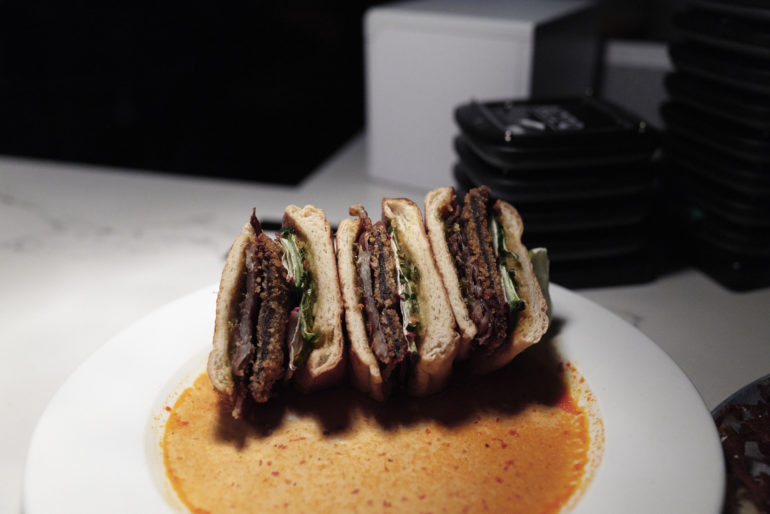
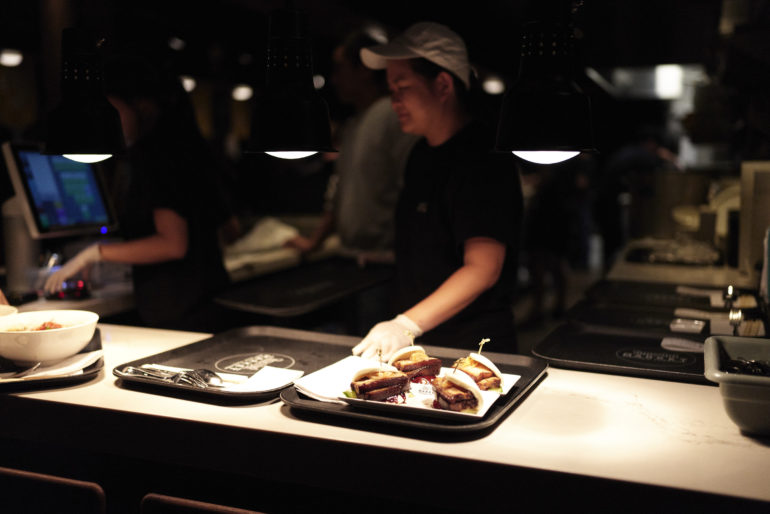


Panasonic GH6
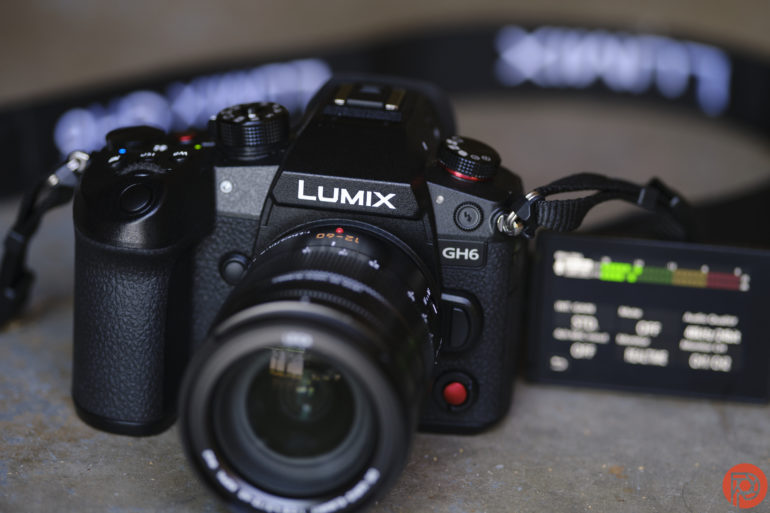
Why It Stands Out
High resolution on a Micro Four Thirds Lumix camera sometimes seems rare. But with the Panasonic GH6, you’ll get it.
What We Really Like
In our review, we state:
“The Panasonic GH6 has a great design. It’s durable and former DSLR shooters will love the large, comfortable grip. There are a lot of comfortable controls. Photos are solid, with great color. Noise reduction is a bit better than we’ve seen from Olympus. And, of course, there’s the slew of video features: 5.7K at 60 fps in 10-bit, and 4K at 120 fps.”
Sample Images
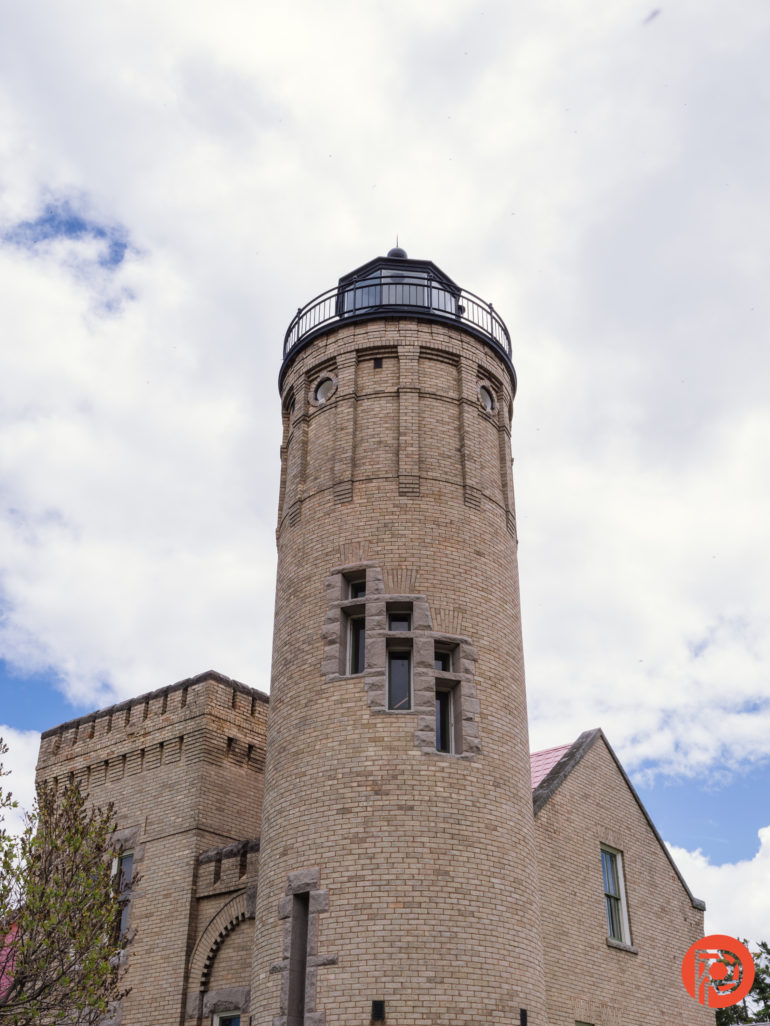
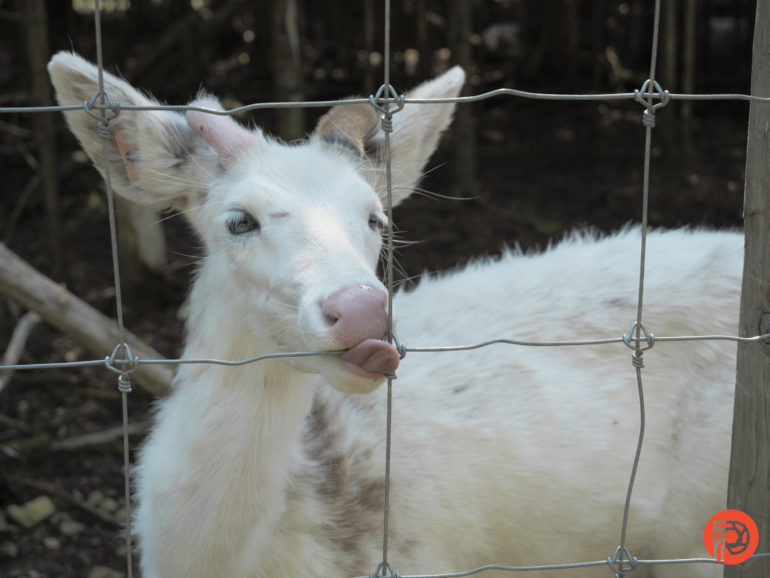
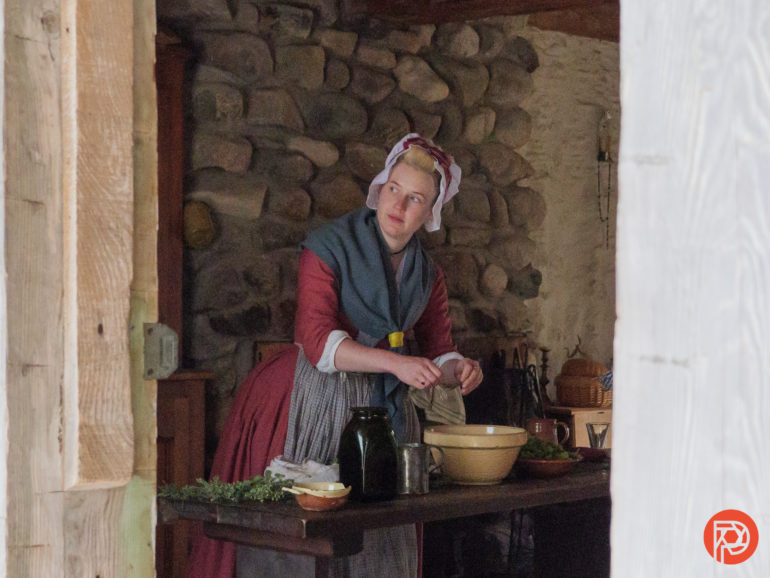
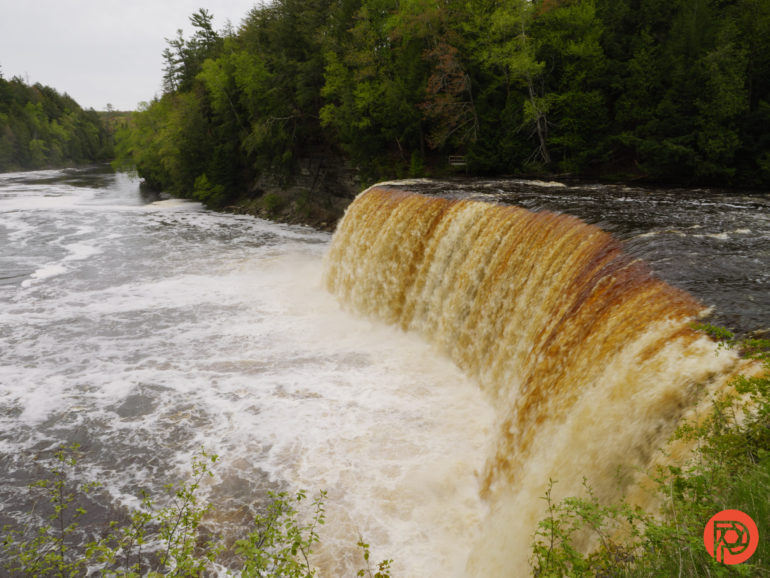
Panasonic S5 II
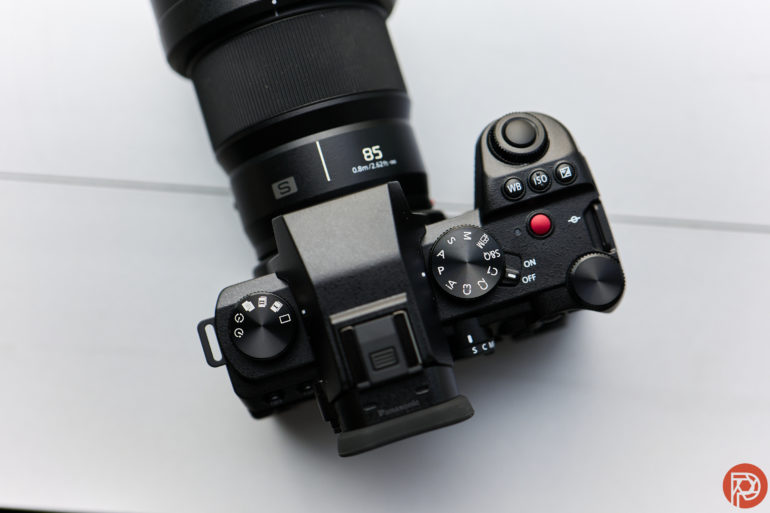
Why It Stands Out
Quite honestly, the Panasonic S5 II is one of the most fun full-frame Lumix cameras on the market right now. You can do so much with the Real Time LUT feature to make your photos look like film. That’s pretty much how we use it all the time.
What We Really Like
In our review, we state:
The Panasonic S5 II has a few cool innovations in the way of being able to use Real Time LUTs in still imagery. Within Panasonic’s realm, it also is one of the first to have phase detection. Indeed, the JPEGs that come out of the Panasonic S5 II have the most potential of any camera on the market right now. The camera also has an integrated fan that I couldn’t hear. But this lets it work in temperatures slightly over 100 degrees, as we were told in our initial meeting with Panasonic.
Sample Images
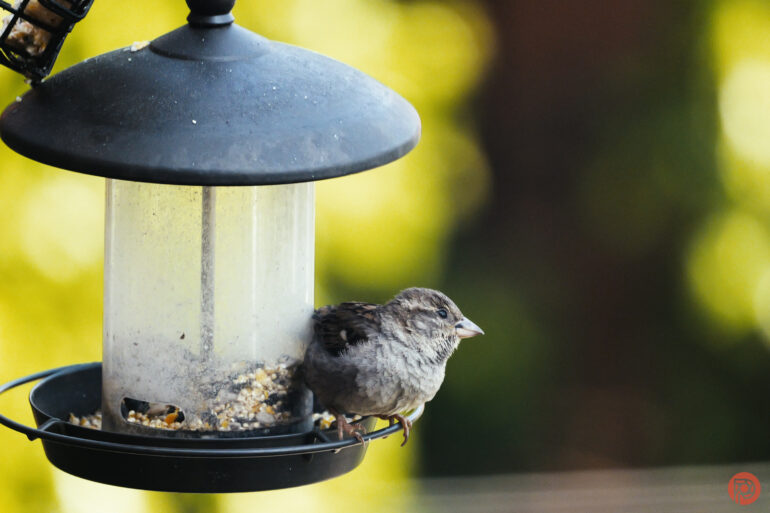
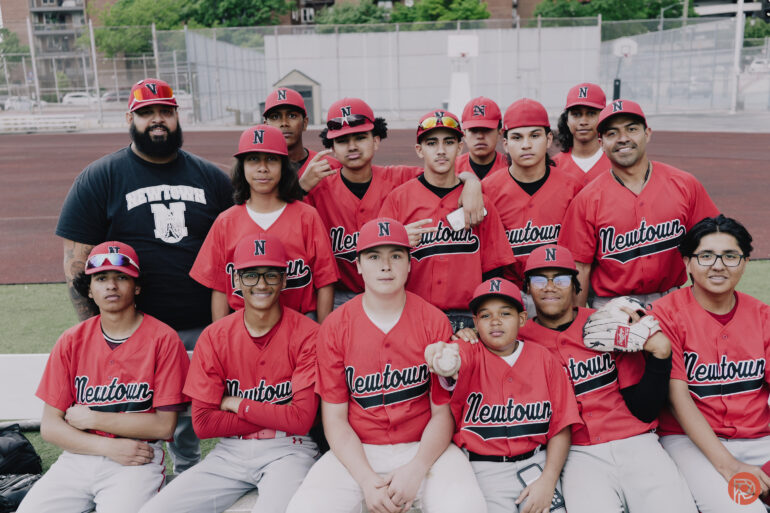
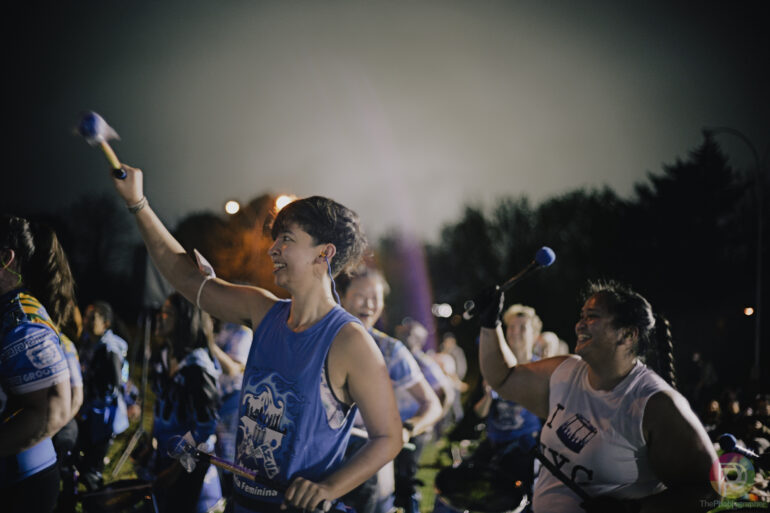
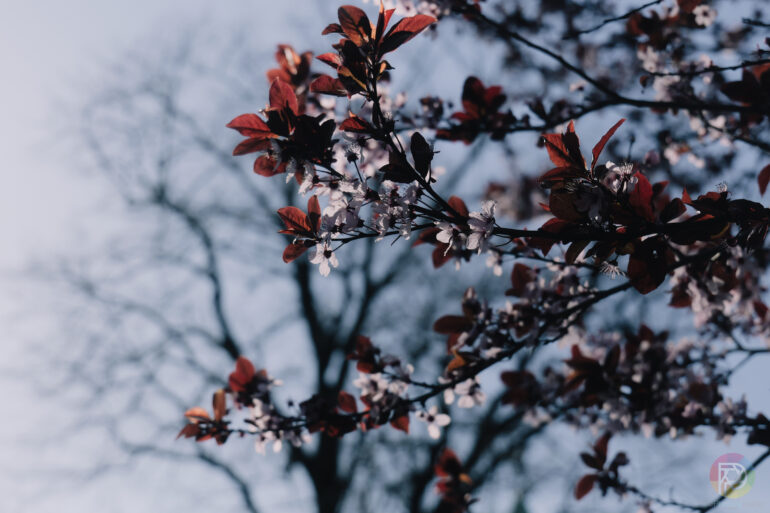
Panasonic S5 IIx
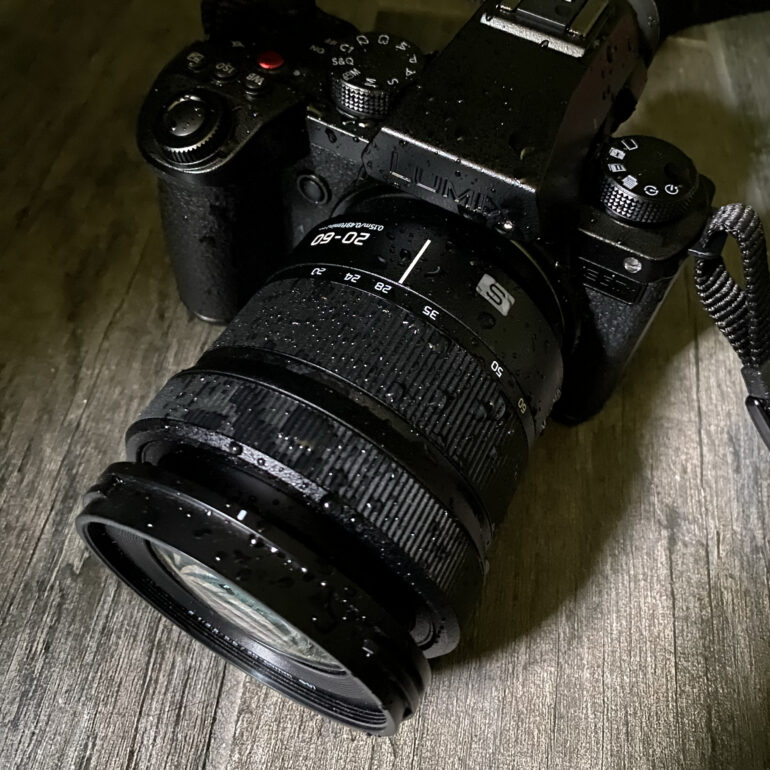
Why It Stands Out
Panasonic tells us that photographers love the fact that the logo is blacked out. The Lumix camera features a few upgrades for those who shoot video as well.
What We Really Like
In our review, we state:
The main differences between the Panasonic S5 IIx and the camera without the x in the name are in video features, including USB SSD recording, All-Intra, Apple Pro Res, and wireless IP streaming. For stills, the list of differences is practically non-existent. The design is all black rather than white branding and labels. And the Live Composite feature is available without a firmware update. That’s it. Stills shooters will likely want to save the $200, buy the S5 II, and just download the firmware. But, if you really love that black look, the S5 IIx doesn’t cut any stills features to make room for those video features; it’s just a little bit pricier.
Sample Images
